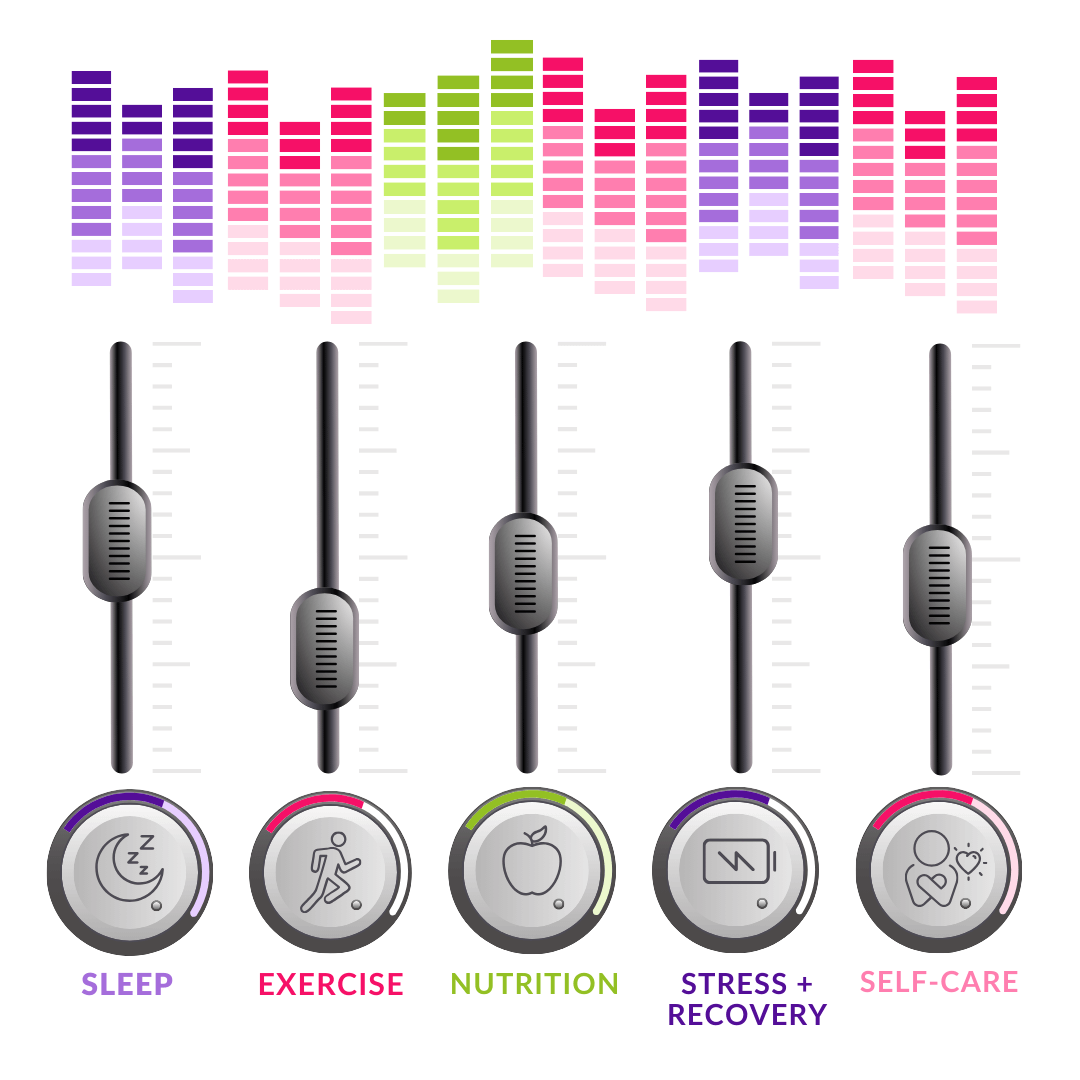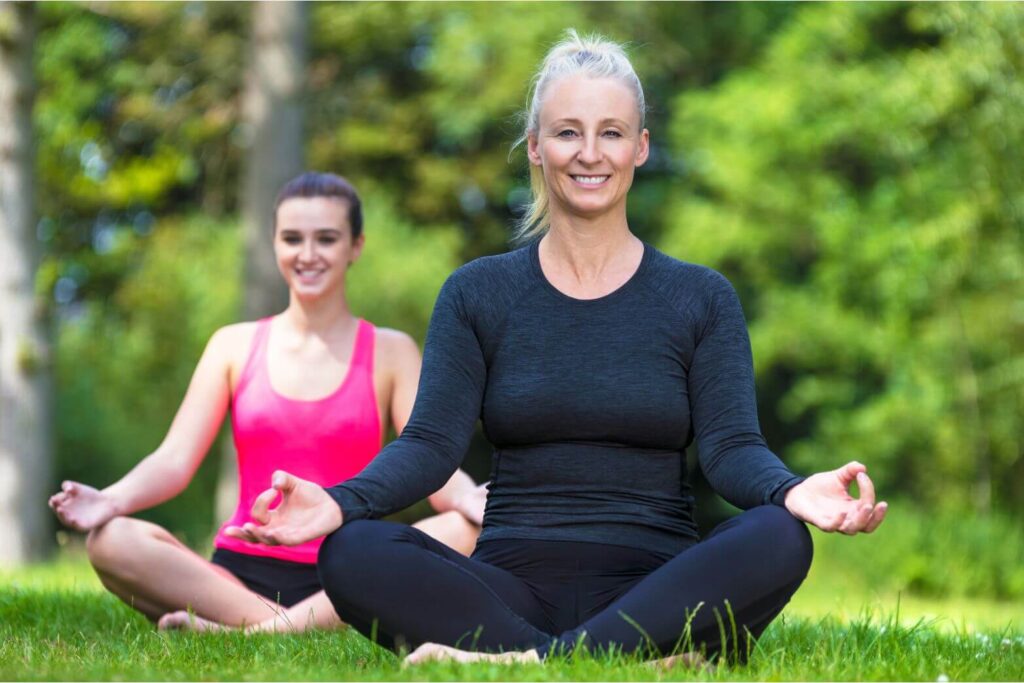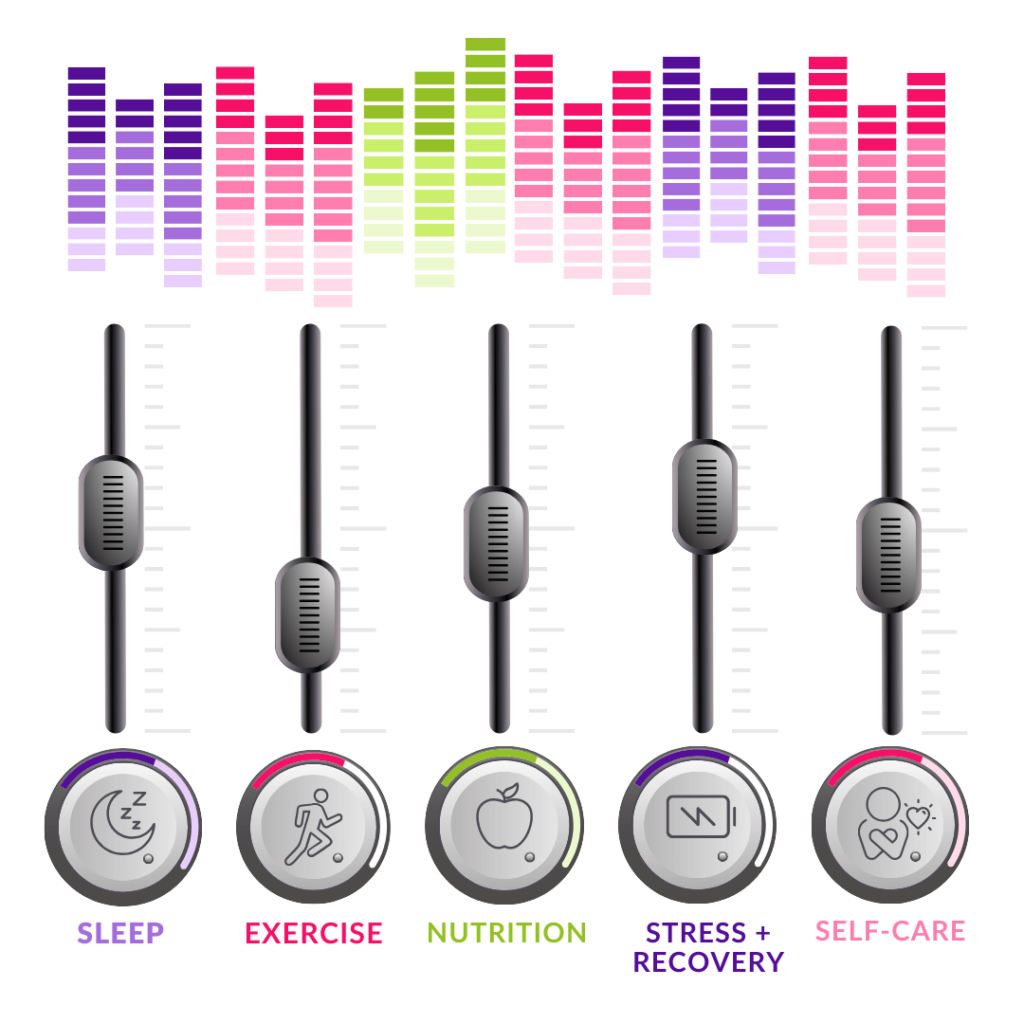
Health and Wellness Tips To Thrive After Midlife
Let’s be honest—passing the midlife milestone, all the more if it includes going through menopause, requires us to rethink our approach to health and wellness.
What worked in our 30s and 40s to help us feel and perform our best likely needs a revamp if we want to keep getting the results we’re looking for.
I hear all the time from people in our UCanRow2 community: “I don’t know what to do. What used to be the key for me to — (Fill in the blank) lose weight, crush my workouts, stay fit, get stronger, faster on the rowing machine, etc. — doesn’t work anymore.
“I used to be able to lace up my sneakers and double down on workouts, and even that isn’t getting me anywhere. It’s SO frustrating!”
If that’s you too, take heart in knowing you’re not crazy, you’re not alone, and it’s not your fault. In this post we’ll explore what to do to optimize your training and lifestyle at this time of life.
Why Your Training Needs to Change After Midlife
Our bodies are wonderfully adaptive, but as we age, hormonal levels change, nutritional needs change, training needs change, and the risk for age-related health issues increases.
As young as we might be in our heads, our bodies are here to remind us that time actually IS passing. Hello, creaky joints, sore muscles, and interrupted sleep!
The good news is that it’s absolutely possible to feel great after midlife, and there’s no need to give in or give up when it comes to aging. Feeling and performing your best at this stage means optimizing a combination of factors.
Dial It In: The Audio Mixer Board of Longevity
Picture your wellness as an audio mixer board with multiple dials. Sleep, stress management, nutrition, exercise, and rest and recovery are your main knobs.
Each one impacts the overall sound—your health. The trick to optimizing it all lies in knowing which dials to turn up or down.
Let’s explore each one.
Sleep: More Than a Luxury
Ah, sleep—the cornerstone of health that often gets ignored or minimized. If menopause or postmenopause is in the picture it can be especially elusive.
It’s worth the effort to try to get as much of it as you can, though. It not only rejuvenates your mind but also helps in cellular repair, including rebuilding those muscles you worked during your rowing and strength session earlier in the day.
If sleep’s been elusive, there are a number of behavioral and other steps you can consider, from habit-based alternatives to apps and other tools.
Think of quality sleep as a 24-hour process. A consistent bedtime and bedtime routine works wonders, for example, as does getting up at the same time every day, even on the weekends. Both signal your circadian rhythms to run on a schedule.
Stress Management and Self-Care: No Longer Optional
Even good stress, like a hard workout or an interesting work project, is still stress and it weighs on us.
After 50, our ability to handle stress dips thanks to hormonal shifts, so our ability to manage it makes all the difference.
Self-care strategies, from snuggling up in a hoodie or one of the many awesome women’s tracksuits, to engaging in a new hobby or meditation, can be the perfect way to decompress and foster a deep scozy hoodieense of calm.
This may seem like just a feel-good, but I promise the benefits go way deeper.
Nutrition: The Body’s Building Blocks
So. Much. Changes. About our nutritional needs as we get older!
What we need to eat to optimize how we fuel our bodies is different, our tastes can change, and we can even develop food allergies where we didn’t have them before.
A well-optimized diet, though, can support overall well-being and counteract age-related metabolic changes.
For example, we need more protein, both to maintain our muscle mass (that we likely started to lose in our 30s) and because our bodies no longer process it as well.
We also need to pay better attention to hydration. The older we get, the less our bodies sense when we’re dehydrated. So drinking even when you’re not yet thirsty is important.
Exercise: More Than Just Cardio
Cardio is essential; no doubt about it. And that can absolutely include your rowing workouts.
As awesome as rowing is, though, your 10k-a-day training regimen may no longer be doing the trick. At this stage, you need to add more to the mix to get the benefits (Although rowing is still awesome!). And strength training is non-negotiable.
In addition, a well-rounded post-midlife fitness regimen also includes balance and mobility work, and potentially a different combination of workouts than what you’re used to.
High intensity, yes, but in small doses, and potentially more rest days. A bitter pill for those of us who are active to swallow, I know!
Rest and Recovery: The Overlooked Essentials
Gone are the days when you could bounce back easily after a night out or a strenuous workout. Recovery now needs to be an intentional part of your plan.
For women in menopause – postmenopause especially – this is serious business. Adapting your lifestyle around these pillars is not just an option; it’s a necessity for long-term health and happiness.
That being said, this isn’t a sign to quit; rather, it’s a signal to adapt. Post-exercise, your body will thank you for a good stretching session or even a warm Epsom salt bath. And please, don’t underestimate the power of a rest day – or two – during the week. Your muscles need it to repair and grow stronger.
Keep this mantra in mind: “You progress in the rest.”
Tailoring Strategies for Women in Menopause and Postmenopause
If you’re in menopause or postmenopause, this isn’t a drill.
The changes your body goes through necessitate a tailored approach, likely different from the past.
For instance, your calcium and Vitamin D intake might need a bump to prevent bone loss. And you’ll need to pay extra attention to hydration as well.
Daily routines could include not just workouts but also mindful practices like gratitude journaling to help with mood swings.
Conclusion: Health and Wellness Past Midlife Is a Dial, Not a Switch
As you journey through these years, remember: there’s no single switch to achieve perfect health. It’s a control board of dials, each requiring its distinct adjustments.
The key is to understand how these elements interplay and to continually adapt over time. Think of yourself as mastering the art of your own fitness and well-being.
Things may be different after midlife, but there is absolutely no reason you cannot feel and perform your best, doing the things you love – old and new – and enjoying this stage as much or more than any other.
Want company on that ride? Stick around here, it’s what we’re all about!
Want to learn more about how you can delve into how to set these dials for you and your unique postmenopausal body and life? That’s exactly what we do in our postmenopausal coaching program! Schedule a free call to learn all about our postmenopausal coaching program, designed to help you feel and perform your best at this pivotal stage of life.
Recommended Reading:

